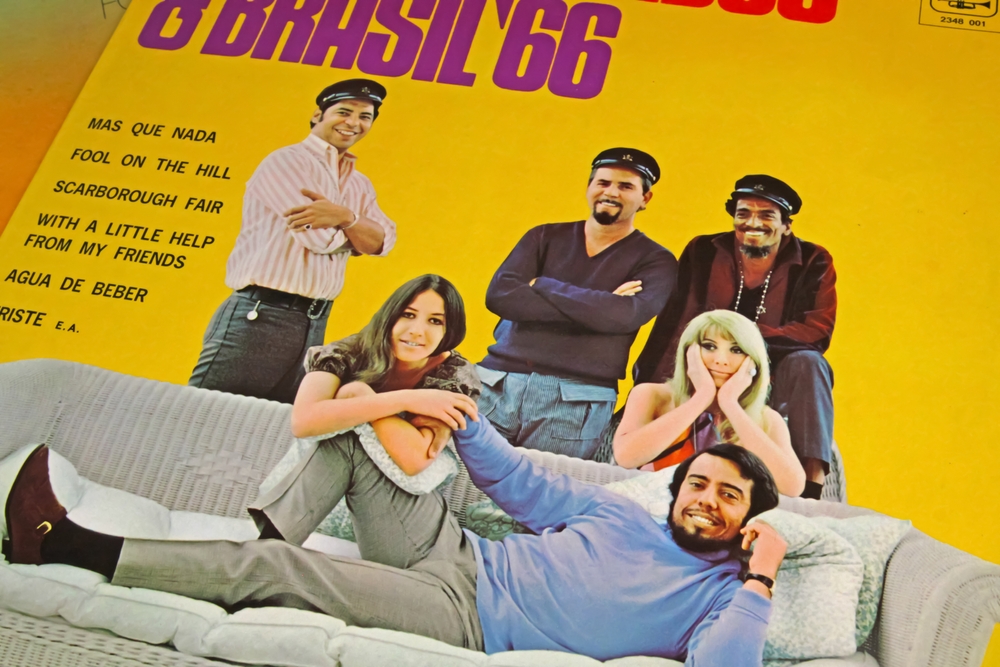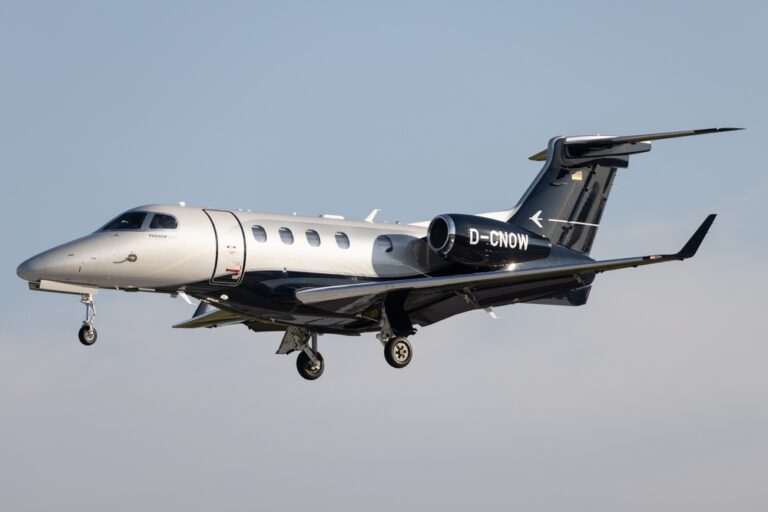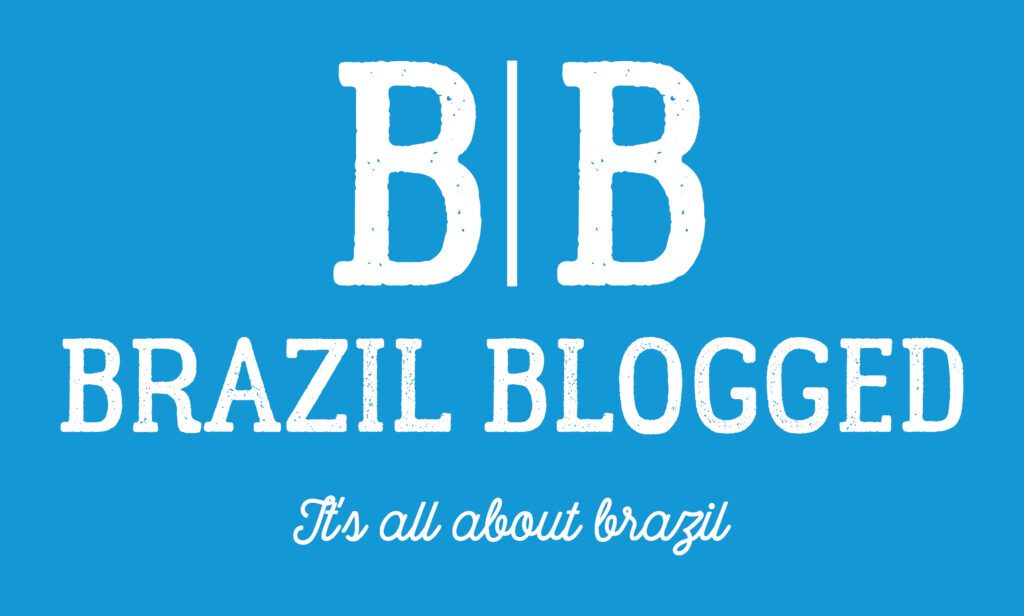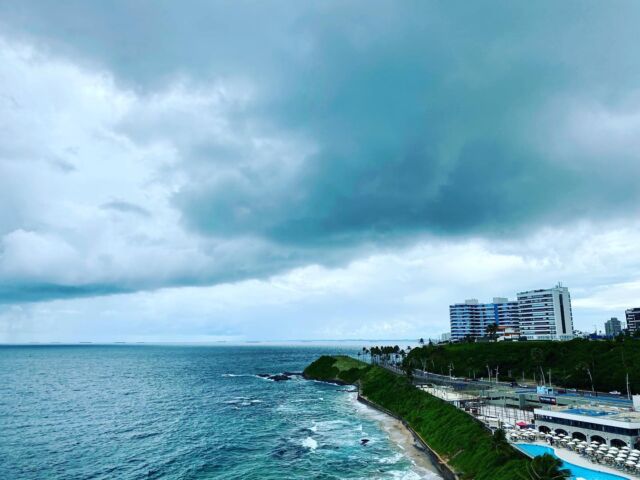Table of Content
ToggleIntroduction
Sérgio Mendes made music history with his hit song “Mas Que Nada” in 1966. The Brazilian musician brought bossa nova to a global audience with this catchy tune. Mendes’ version of “Mas Que Nada” became a worldwide sensation, blending Brazilian rhythms with jazz and pop elements.
The song’s upbeat melody and Portuguese lyrics captured listeners’ hearts. It topped charts in many countries and introduced millions to Brazilian music. Mendes’ unique style helped bridge cultural gaps through music.
“Mas Que Nada” has stood the test of time. It’s been covered by many artists and used in movies and TV shows. The song’s enduring popularity shows its impact on world music.
Key Takeaways
- “Mas Que Nada” brought Brazilian bossa nova to international audiences in 1966
- Sérgio Mendes blended Brazilian rhythms with jazz and pop in his version
- The song’s global success helped spread Brazilian music and culture worldwide
The Origin of ‘Mas Que Nada’
‘Mas Que Nada’ has deep roots in Brazilian music and culture. The song’s creation and popularity stem from a blend of traditional samba rhythms and modern influences.
Jorge Ben Jor’s Creation
Jorge Ben, later known as Jorge Ben Jor, wrote ‘Mas Que Nada’ in 1963. He was only 21 years old at the time. The song’s title is a Brazilian Portuguese phrase meaning “come on” or “whatever.” Ben recorded the original version, which quickly became popular in Brazil.
The catchy melody and upbeat rhythm made ‘Mas Que Nada’ stand out. It broke new ground with Portuguese lyrics in a time when English dominated pop music. The song’s success helped launch Jorge Ben’s career as a major figure in Brazilian popular music.
Influence of Afro-Brazilian Culture
‘Mas Que Nada’ draws heavily from Afro-Brazilian musical traditions. The song incorporates elements of samba, a genre with roots in African rhythms brought to Brazil by enslaved people. Its lyrics mix Portuguese with words from African languages.
The song references “Samba de Preto Velho,” a style associated with Umbanda, an Afro-Brazilian religion. This connection highlights the deep cultural significance of the music. ‘Mas Que Nada’ became a symbol of Brazil’s rich musical heritage, blending African and Portuguese influences into a unique sound that captured global attention.
Sérgio Mendes’ Interpretation
Sérgio Mendes put a fresh spin on “Mas Que Nada” in 1966. His version blended Brazilian rhythms with American pop, creating a unique sound that caught on worldwide.
Brasil ’66 Signature Sound
Mendes formed the group Brasil ’66 to perform his take on “Mas Que Nada”. The band mixed samba beats with jazz and pop elements. They added English lyrics to parts of the song.
Brasil ’66 kept the Portuguese chorus but sang some verses in English. This made the track more accessible to American listeners. Mendes played piano and led the group’s arrangements.
The female vocalists of Brasil ’66 gave the song a smooth, dreamy quality. Their harmonies floated over the upbeat rhythms and Mendes’ piano work.
International Breakthrough
Mendes’ “Mas Que Nada” became a massive hit in the United States. It reached #47 on the Billboard Hot 100 chart in 1966.
The song’s success helped introduce Brazilian music to a global audience. It became Mendes’ signature tune and a bossa nova standard.
“Mas Que Nada” appeared on the album “Herb Alpert Presents Sergio Mendes & Brasil ’66”. The album went platinum, boosting Mendes’ career.
Mendes performed the song on TV shows and in concerts around the world. It remains a popular party tune and a symbol of Brazilian music’s appeal.
Lyrical Analysis of ‘Mas Que Nada’
“Mas Que Nada” combines Portuguese lyrics with Brazilian cultural elements. The song’s words blend everyday expressions with spiritual references, creating a lively and meaningful composition.
Understanding Portuguese Lyrics
The title “Mas Que Nada” loosely translates to “Come on” or “Yeah, right.” It sets a carefree tone for the song. The lyrics mix Portuguese and African-influenced words, reflecting Brazil’s diverse cultural heritage.
Key phrases include “Oariá raiô,” which has roots in African languages. This line adds rhythm and authenticity to the song. The repeated “Sai da minha frente” means “Get out of my way,” expressing confidence and joy.
The song uses simple, catchy words. This makes it easy for listeners to sing along, even if they don’t speak Portuguese. The repetitive nature of the lyrics helps the song stick in people’s minds.
Cultural References in the Song
“Mas Que Nada” includes nods to Brazilian spiritual traditions. It mentions “Preto Velho,” an important figure in Umbanda, a Brazilian religion. Preto Velho represents wisdom and ancestors.
The song’s upbeat tempo and lyrics reflect the spirit of samba. Samba is a key part of Brazilian culture, especially in Rio de Janeiro. By using samba rhythms, the song connects to Brazil’s musical roots.
“Mas Que Nada” also captures the relaxed, fun-loving side of Brazilian culture. Its lyrics paint a picture of dancing, celebration, and not worrying about problems. This attitude resonates with many listeners and helps explain the song’s global appeal.
Musicality and Rhythm
“Mas Que Nada” showcases Sérgio Mendes’ unique blend of Brazilian rhythms and jazz influences. The song’s infectious groove combines samba roots with bossa nova elements, creating a fusion that captivated audiences worldwide.
Samba Roots
Samba forms the rhythmic backbone of “Mas Que Nada”. The song’s lively beat stems from traditional samba patterns. These patterns feature syncopated rhythms played on percussion instruments like the pandeiro and surdo.
The samba influence is evident in the song’s driving rhythm and call-and-response vocals. This style draws from Afro-Brazilian musical traditions, including maracatu. Mendes’ arrangement preserves these authentic samba elements while adding his own flair.
The song’s rhythm section maintains a steady samba groove throughout. This provides a solid foundation for the melodic instruments and vocals to shine.
Fusion of Bossa Nova and Samba
Mendes skillfully blends samba with bossa nova in “Mas Que Nada”. Bossa nova’s softer, jazzier feel complements the energetic samba beat. This fusion creates a unique sound that became Mendes’ signature style.
The song features bossa nova’s characteristic guitar patterns and subtle harmonies. These elements add sophistication to the samba rhythm. The result is a smooth yet danceable track that appeals to diverse audiences.
Mendes’ arrangement highlights the musicality of both genres. He combines samba’s percussive energy with bossa nova’s melodic sensibility. This approach creates a rich, layered sound that became a hallmark of Brazilian jazz.
Reinterpretations and Remixes
“Mas Que Nada” has inspired many new versions over the years. Artists have put their own spin on the classic, bringing fresh energy to the beloved tune.
The Black Eyed Peas Collaboration
In 2006, Sérgio Mendes teamed up with the Black Eyed Peas for a new take on “Mas Que Nada”. This version appeared on Mendes’ album “Timeless”.
The collaboration blended hip-hop beats with the original bossa nova rhythm. will.i.am added English rap verses to complement the Portuguese lyrics.
This remix introduced “Mas Que Nada” to a new generation of listeners. It reached the top 10 in several countries and revived interest in Mendes’ music.
Contemporary Takes on the Classic
Many other artists have reinterpreted “Mas Que Nada” in recent years. DJs and producers have created dance remixes, adding electronic elements to the song.
Some versions explore different musical styles:
- Jazz interpretations
- Acoustic covers
- Funk-inspired arrangements
These new takes keep the spirit of the original while bringing fresh sounds. They show how “Mas Que Nada” continues to evolve and stay relevant in modern music.

Cultural Impact and Legacy
Sérgio Mendes’ “Mas Que Nada” became a global sensation, transcending music to represent Brazilian culture worldwide. The song’s impact extends to media, advertising, and national identity.
Beyond Music: A Symbol of Brazilian Identity
“Mas Que Nada” emerged as an emblem of Brazilian culture. Its catchy melody and Portuguese lyrics introduced many to the sounds of Brazil.
The song’s popularity helped put Rio de Janeiro and Brazilian music on the global map. It became a cultural ambassador, sparking interest in Brazilian Portuguese and bossa nova rhythms.
The track’s enduring popularity has made it a staple at Brazilian events and celebrations worldwide. It’s often played during:
- Carnival festivities
- Brazilian-themed parties
- International sporting events featuring Brazil
Use in Media and Advertising
“Mas Que Nada” has been featured extensively in various media forms. Its upbeat tempo and iconic status make it a go-to choice for filmmakers and advertisers alike.
The song has appeared in numerous films, including the animated movie Rio. This exposure introduced the track to new generations of listeners.
In advertising, “Mas Que Nada” has been used to:
- Promote Brazilian tourism
- Sell products with a tropical or exotic flair
- Soundtrack sports commercials, especially during World Cup seasons
Its use in media continues to reinforce its status as a cultural touchstone for Brazil and Brazilian music globally.
The Role of Radio and Media
Radio and media played a crucial part in the rise of “Mas Que Nada” and Sérgio Mendes. They helped spread the samba sound and influenced how listeners perceived Brazilian music.
Spreading the Samba Beat
Radio stations were key in sharing “Mas Que Nada” with a wide audience. The catchy tune got lots of airplay, which helped it climb the charts. Many radio personalities promoted the song, increasing its reach.
TV shows also featured Sérgio Mendes and his band performing the hit. This visual exposure brought the samba rhythm to life for viewers. The song’s upbeat tempo and Portuguese lyrics stood out on American airwaves.
Record stores saw increased demand as listeners sought to own the track. This boost in sales pushed “Mas Que Nada” onto bestseller lists, creating a feedback loop of popularity.
Shaping Listener Perception
Media coverage shaped how people viewed Brazilian music. Articles and interviews with Mendes gave context to the song’s origins. This helped listeners appreciate the cultural significance of “Mas Que Nada.”
Radio DJs often introduced the song with facts about Brazil or samba. This extra information broadened listeners’ understanding of the music.
The frequent airplay of “Mas Que Nada” made Brazilian rhythms more familiar to American ears. This paved the way for other Latin artists to gain popularity in the U.S. market.
TV appearances by Mendes showcased the band’s talent and style. These visuals created a lasting image of Brazilian music in viewers’ minds.
The Fusion of Music Genres
Sérgio Mendes blended different musical styles in “Mas Que Nada.” This fusion created a unique sound that appealed to listeners worldwide. The song mixed traditional Brazilian rhythms with modern elements.
Incorporating Elements of Funk and Hip Hop
Mendes added funk and hip hop to “Mas Que Nada” in later versions. The 2006 remake featured The Black Eyed Peas, bringing a new energy to the classic tune. This update mixed samba with contemporary beats, creating a fresh sound.
The funk influence added a groovy bassline and punchy rhythms. Hip hop elements brought in rap verses and modern production techniques. These changes made the song relevant to a new generation of listeners.
The Evolution of Samba
“Mas Que Nada” started as a samba-style song. Samba is a key part of Brazilian musical heritage. Mendes took this traditional form and gave it a new twist.
He kept the core samba rhythm but added jazz-inspired harmonies. This fusion created the bossa nova style that made the song famous. Over time, Mendes continued to evolve the samba elements in “Mas Que Nada.”
The song’s samba roots remained strong, even as new genres were added. This evolution showed how traditional music could stay relevant in changing times.
Use of Imagery and Metaphors
“Mas Que Nada” by Sérgio Mendes uses vivid imagery and metaphors to bring its Brazilian themes to life. The song blends musical elements with poetic language to create a rich sensory experience.
From Lyrical Imagery to Musical Expression
The lyrics of “Mas Que Nada” paint a colorful picture of Brazilian culture. They mention “Nanã Imborô,” an important figure in Afro-Brazilian religion. This reference adds depth to the song’s cultural roots.
The name “Obá” also appears, linking to Yoruba mythology. These mythological nods create a sense of heritage and tradition in the music.
Words like “lava” and “sauna” bring heat and energy to the lyrics. They match the song’s upbeat tempo and lively rhythms. The hot imagery fits the passion in Mendes’ musical style.
The song’s use of metaphor and imagery goes beyond words. The musical arrangement itself acts as a metaphor for Brazil’s diverse culture. Blending bossa nova, samba, and jazz creates a sonic image of cultural fusion.
Mendes uses simple, catchy phrases that stick in listeners’ minds. This technique makes the song’s imagery more powerful and memorable.
Sérgio Mendes’ Overall Influence
Sérgio Mendes shaped Brazilian music and made it popular worldwide. He mixed different styles and brought Brazilian sounds to new audiences.
On Modern Brazilian Music
Mendes changed Brazilian music by blending bossa nova with jazz and pop. He took popular idioms into account in his works. This mix created a new sound that many artists copied.
His hit song “Mas Que Nada” became a symbol of Brazilian music. It showed how catchy and fun Brazilian rhythms could be. Many Brazilian musicians followed Mendes’ lead. They started mixing traditional sounds with modern styles.
Mendes also helped bring Brazilian music to young people. His upbeat tunes made samba and bossa nova cool for new generations.
Global Music Scene Contributions
Mendes put Brazilian music on the world map. His group Brasil ’66 had big success in the United States. This opened doors for other Brazilian artists.
Más Que Nada broke new ground with its Portuguese lyrics. It proved non-English songs could be hits in America. This paved the way for more diverse music on global charts.
Mendes worked with many international stars. These collaborations spread Brazilian sounds even further. He showed how Brazilian music could mix with other genres from around the world.
Understanding Brazilian Music
Brazilian music reflects the country’s rich cultural heritage and diverse influences. It plays a key role in shaping national identity and has gained global recognition.
Connections to National Identity
Brazilian music is deeply tied to the nation’s sense of self. Styles like samba and bossa nova showcase Brazil’s unique cultural fusion. These genres blend African rhythms, European melodies, and indigenous influences.
Rio de Janeiro has been a major hub for Brazilian music. The city’s vibrant music scene helped spread samba across the country. Many famous musicians got their start in Rio’s nightclubs and festivals.
Music often tells stories of Brazilian life and history. Songs may touch on themes of love, nature, social issues, or national pride. This storytelling aspect helps Brazilians connect with their roots and shared experiences.
The Samba Phenomenon
Samba emerged in the early 1900s and quickly became Brazil’s most iconic musical style. It originated in Rio’s poor neighborhoods, drawing on African and Brazilian traditions.
Key elements of samba include:
- Syncopated rhythms
- Call-and-response vocals
- Use of percussion instruments like pandeiro and cavaquinho
Samba spread from local communities to become a national symbol. It gained popularity through radio, carnival celebrations, and dance halls. By the 1930s, samba was seen as uniquely Brazilian.
The genre has evolved over time, spawning subgenres like samba-canção and bossa nova. These styles gained international attention, bringing Brazilian music to a global audience.
Frequently Asked Questions
“Mas Que Nada” is a popular Brazilian song with a rich history and wide-reaching influence. Its lyrics, origins, and cultural impact have sparked curiosity among listeners worldwide.
What is the meaning of the lyrics to ‘Mas Que Nada’ in English?
“Mas Que Nada” translates roughly to “Oh, come on” or “Whatever” in English. The song’s lyrics are a mix of Portuguese and Yoruba words. They express joy and invite people to dance and have fun.
Who is the original composer of ‘Mas Que Nada’?
Jorge Ben Jor, a Brazilian musician, wrote “Mas Que Nada” in 1963. He initially recorded the song, which later became a huge hit when performed by Sérgio Mendes.
Can you name a famous female artist who has covered ‘Mas Que Nada’?
Ella Fitzgerald, the legendary jazz singer, recorded a version of “Mas Que Nada” in 1966. Her rendition helped introduce the song to a wider international audience.
Which group collaborated with Sérgio Mendes for a remix of ‘Mas Que Nada’?
The Black Eyed Peas collaborated with Sérgio Mendes on a remix of “Mas Que Nada” in 2006. This version brought the classic song to a new generation of listeners.
What genre does ‘Mas Que Nada’ belong to?
“Mas Que Nada” is primarily categorized as a Bossa Nova song. It also incorporates elements of samba and Brazilian jazz, showcasing the rich musical traditions of Brazil.
How has ‘Mas Que Nada’ been incorporated into football culture?
“Mas Que Nada” has become a popular chant at football matches, especially in Brazil. Fans often sing the chorus to support their teams and create a festive atmosphere in the stadiums.



















